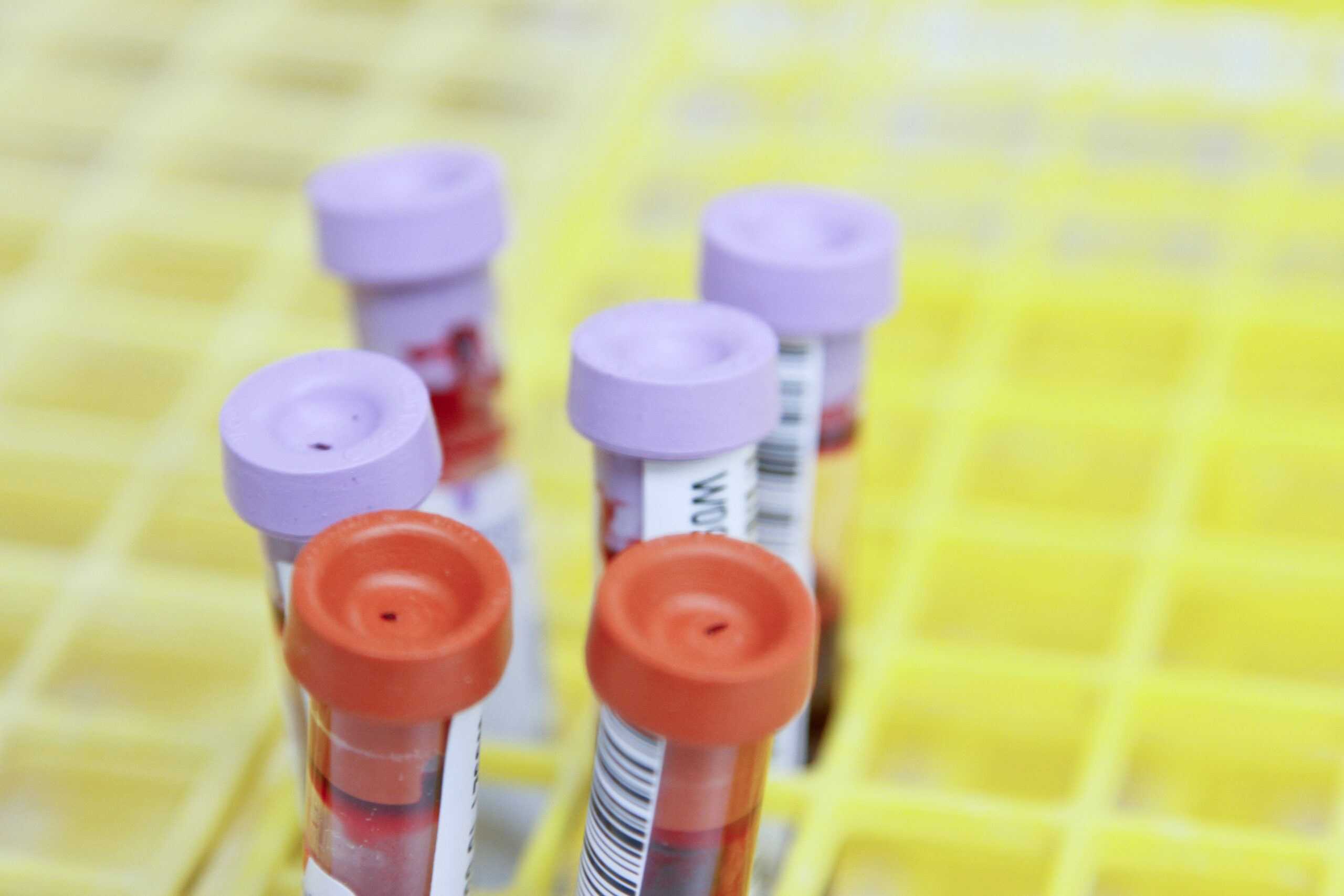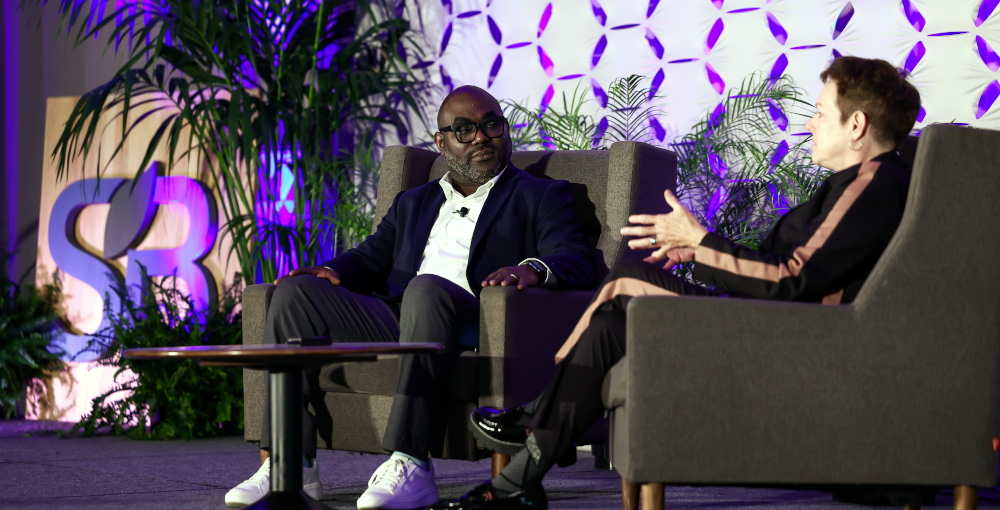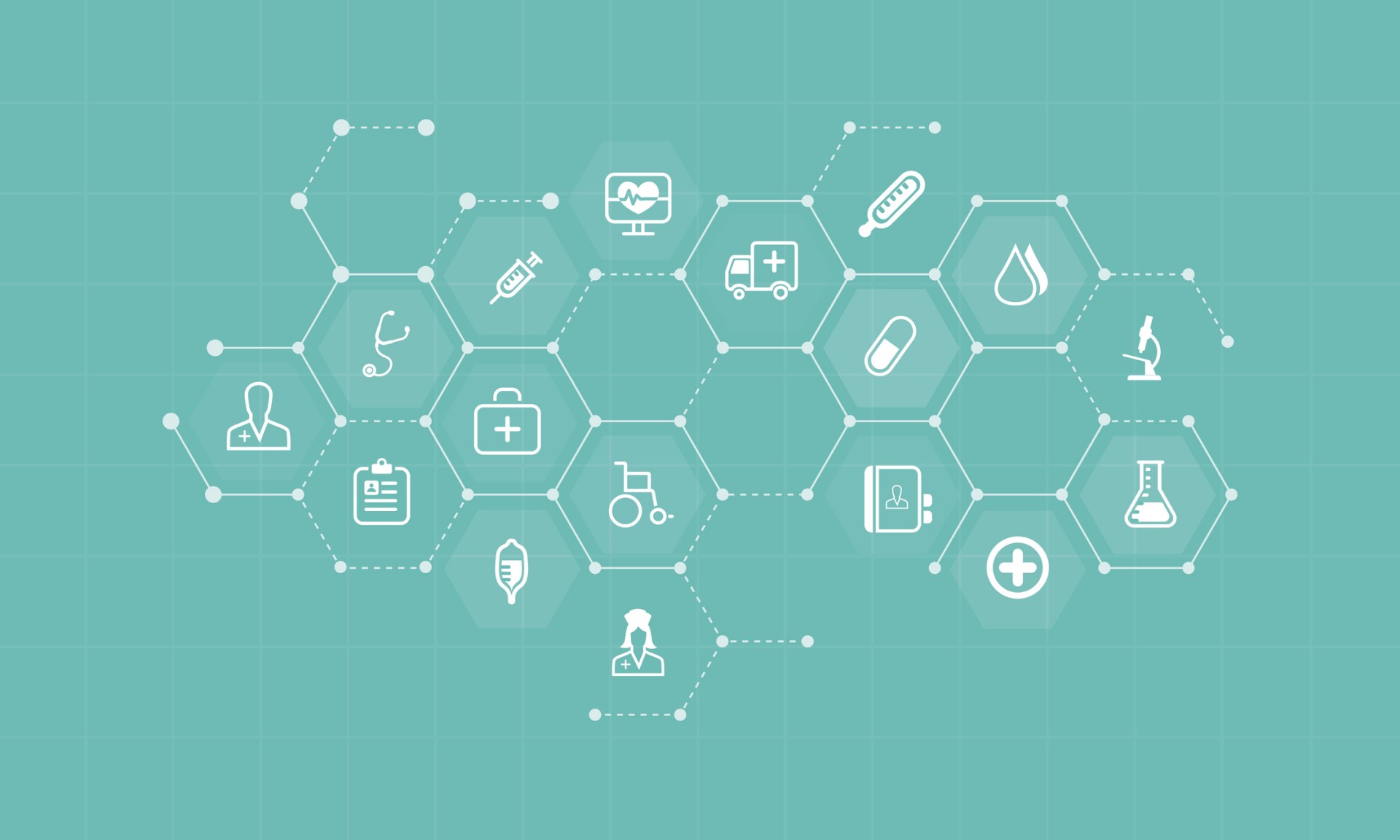Executive Summary:
The 2023 American Society of Clinical Oncology (ASCO 2023) Annual Meeting was once again the source of compelling data on important cancer treatments. But is the information finding its way to patients? When our digital team analyzed the meeting’s biggest news drivers, we found:
- The biggest news hits that broke through into mainstream media included a patient story
- The individuals most engaged by big, mainstream media hits were so-called “model patients,” but less than 10% of individuals exposed to the news were from communities of color
- The average ASCO news announcement is written at a reading level far above that of the average American, challenging health literacy efforts
- Despite Twitter’s woes, oncologists still widely used the social media platform at ASCO 2023, with a 7% increase in conversations over last year.
The annual meeting of the American Society of Clinical Oncology (ASCO 2023) took place live in Chicago for the second straight year since the COVID-19 pandemic. It is one of the biggest – and at five days one of the longest — medical conferences out there. For drug makers, medical technology companies and others connected to the fight against cancer, it presents a key moment to connect with journalists, build interest and excitement in their brands, and highlight important pipeline developments and clinical trial data illustrating the value of new and existing therapies.
But is that data on potentially important treatments reaching the people who need it most – the patients?
Given the theme of ASCO 2023, Partnering with Patients: The Cornerstone of Cancer Care and Research, our data experts, have compiled a report to address this very question. Using omniearnedD™, Omnicom Public Relations Group’s (OPRG) proprietary platform that transforms public relations by using anonymized individuals (IDs) to understand an audience and their behavior, we analyzed the biggest news drivers at ASCO 2023 to determine if the announcements translated into media coverage that patients can access and understand. Our aim is to provide insights about best practices that can be used to inform communications strategies at ASCO 2024 and beyond.
Media coverage at ASCO 2023: Who were the big winners at ASCO 2023?
Media coverage of ASCO 2023 generated a total of 2,700 stories in print, online, and broadcast outlets, with a potential reach of 5.1 billion people. These figures mark a decline compared to last year when ASCO generated 3,100 articles with a potential audience reach of more than 13 billion. Several factors likely contributed to the decline in coverage, including:
- Media outlets scaling back attendance at ASCO 2023 due to the economy
- The sizable coverage at ASCO 2022 around three announcements – the Enhertu breast cancer data from Daiichi Sankyo and AstraZeneca and two studies that found some cancer patients can skip treatment. These announcements combined accounted for almost 1 out of 3 ASCO-related articles.
Among the biggest news drivers at ASCO 2023, AstraZeneca’s crown jewel, Tagrisso, in non-small cell lung cancer led the pack with the highest number of mentions, accounting for 10% of ASCO coverage and 35% of audience reach. Novartis’ Kisqali Phase 3 NATALEE trial data in early breast cancer followed at a close second in both coverage and audience reach (roughly 10% and 22% percent, respectively). Merck place third in total mentions with Phase 3 KEYNOTE-671 results and data for its the melanoma vaccine developed by Moderna. And rounding out our list is the data readout for J&J’s multiple myeloma drug.
Typically, ASCO media coverage leans heavily on industry trades and oncology publications, but there were some notable exceptions this year. There were some notable exceptions. The Novartis Kisqali data received widely covered among mainstream media outlets (CNN, Bloomberg, STAT, and Reuters), including a segment on ABC’s Good Morning America. US World and News Report, CNBC, and Reuters reported on the Merck/Moderna cancer vaccine data. Finally, NBC News, Popular Science, The Daily Mail and STAT, among others, published stories on AstraZeneca and Tagrisso.
Model patients were among the most engaged
According to our proprietary platform, a sizable number of individuals engaged by ASCO’s biggest announcements were so-called “model patients.” These patients prioritize their health and actively maintain it with preventative care and regular visits to their doctors.
What It Means: Today’s media environment has become complicated by corrosive online discourse, disinformation, and well-established media outlets lurching under market pressures. Compounding those challenges, audiences are saturated by content making it harder and more competitive to capture the attention of reporters and audiences.
When the biggest ASCO news breaks out beyond the industry’s trades, it reaches and engages mainstream media audiences including those 1.4X more likely to be model patients. For all announcements, the ingredients for a media hit included a primary investigator (PI), a third-party medical expert validating the importance of the data, and an interview with a patient involved in the clinical trial. This recipe does not guarantee that USA Today will cover your news announcement, but it does make for a stronger pitch.
Readability of ASCO content challenges health literacy
Our analysis shows that the average ASCO press release was written at a 13th-grade reading level – meaning that a person requires post-graduate education to effectively interpret the text. For a reference point, the New York Times operates at a 10th-grade level, and the average American reads at a 7th– or 8th-grade level.
What It Means: Communicators need to support health literacy and information accessibility by simplifying the language used in news announcements and media pitches to be understood by a wider audience. It’s a challenge for many. A 2021 study in the Journal of Patient Experience evaluating the readability of patient information materials published in high-impact peer-reviewed medical journals found that only a small minority were written at a grade level appropriate for the general population.
Even in cases where the intended audience are oncologists or reporters experienced in covering medical news and clinical trial data, job pressures require information that is digestible and easily interpreted. Media pitches need to highlight why this information is important. Is it the first trial of its kind? Is this a new therapy that radically alters treatment paradigms? Does this data support new uses for an existing drug that can dramatically improve outcomes for patients?
Also, important to consider is the role of health literacy as a key pillar of health equity.
In a report OPRG released last year, healthcare providers and payors revealed that most believed drug companies have a responsibility to overcome health equity challenges and highlighted the importance of health literacy among populations most impacted by health inequities. More recent data, released earlier this year as part of our expansive health equity initiative, show that members of communities impacted by healthcare inequities lose trust in entities that they believe do not see them, hear them, or understand their needs. Communication strategies need to address these expectations.
Milestones fail to immediately reach diverse populations
Less than 10% of individuals exposed to the biggest news drivers at ASCO 2023 were Black with similarly low counts for Asian and Hispanic audiences. This is despite the growing body of research demonstrating the disproportionate burden of cancer on communities of color and disparities in early diagnosis, treatment, and survival. A study published by the American Cancer Society in January 2023 showed that Black men and women have the highest cancer death rates and shortest survival times of any racial or ethnic group in the country, despite having a similar or even lower incidence of certain types of cancer.
What It Means: Communicators must engage community leaders to advance storytelling in the most authentic way. Images and language should reflect the vibrancy and history of communities of color. This stretches from earned media strategies to advocacy engagement and paid media promotion.
Despite Twitter’s woes, oncologists are as active as ever
There were as many oncologists active on Twitter during ASCO23 as there were at ASCO22; however, there was a 7% year-over-year increase in conversation on the platform. As for TikTok, to date, there have been nearly 27,000 views of ASCO23-related content. Doctor Don, Joel Alcid, and other digital opinion leaders (DOLs) were most active on the platform livestreaming interviews, sharing ASCO-fashion updates, and translating the latest trial news into snackable shorts.
What It Means: Twitter is still the preferred social platform after SERMO, Doximity, and other professional social platforms for oncologists. Anecdotally, DOLs were more likely to engage around pharmaceutical news in 2023 than they were in 2022, which seems to imply pharmaceutical opportunities for future DOL engagement strategies.
The road ahead
The buzz around ASCO has died down, and companies are already looking ahead to October when the European Society for Medical Oncology (ESMO) gathers in Madrid for its annual meeting. What lessons can we glean from ASCO 2023?
Media headlines and social media traffic offer the most obvious metrics by which to measure audience engagement. Big news, with the right media tactics, can bridge the gap between trade and mainstream media outlets to bring valuable information to patients. But to reach all patients, communicators need to embed health literacy and DE&I strategies into their milestone announcements.
If you have any questions, contact Mark Durney, Senior Vice President, Digital, at Porter Novelli at mark.durney@porternovelli.com

















